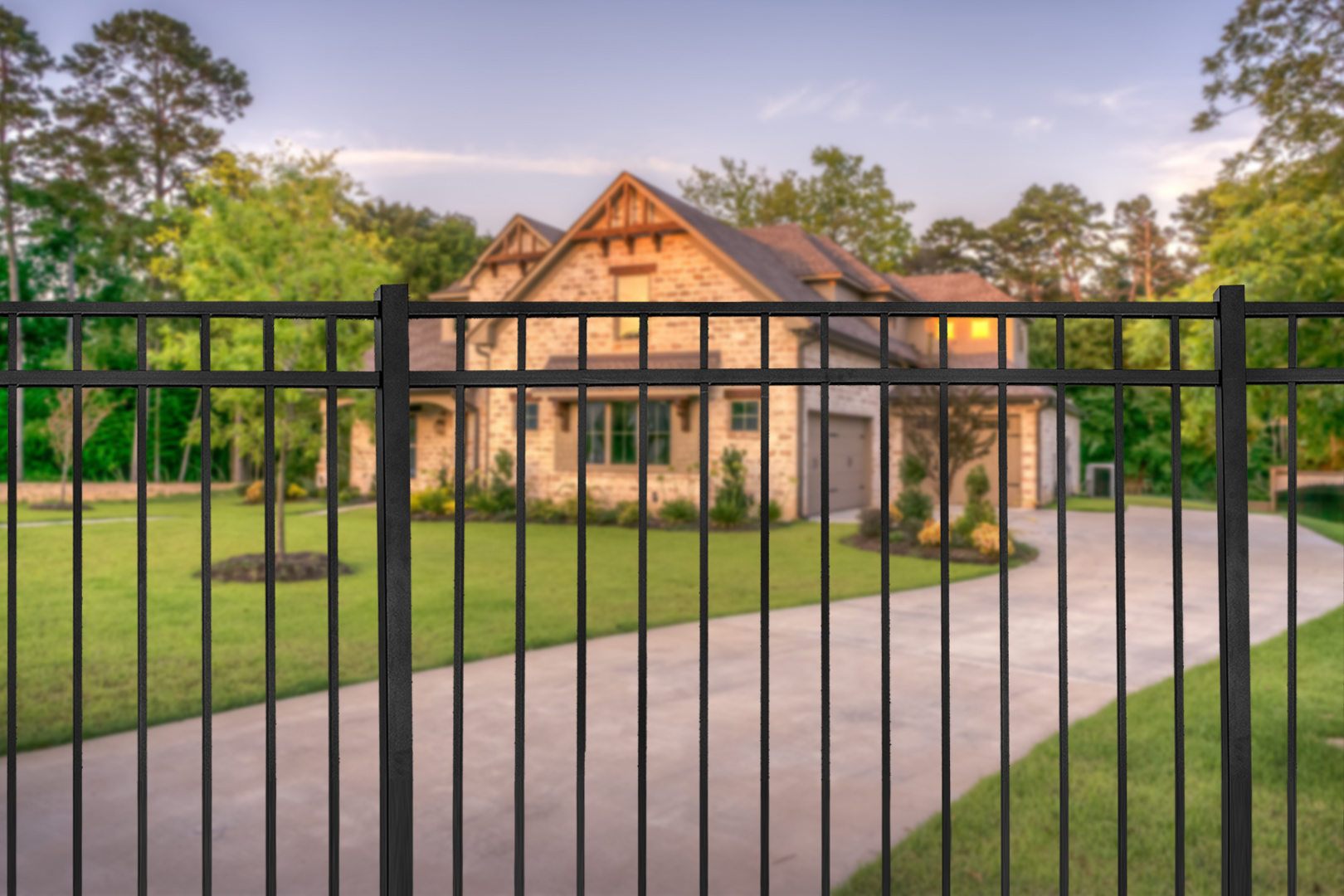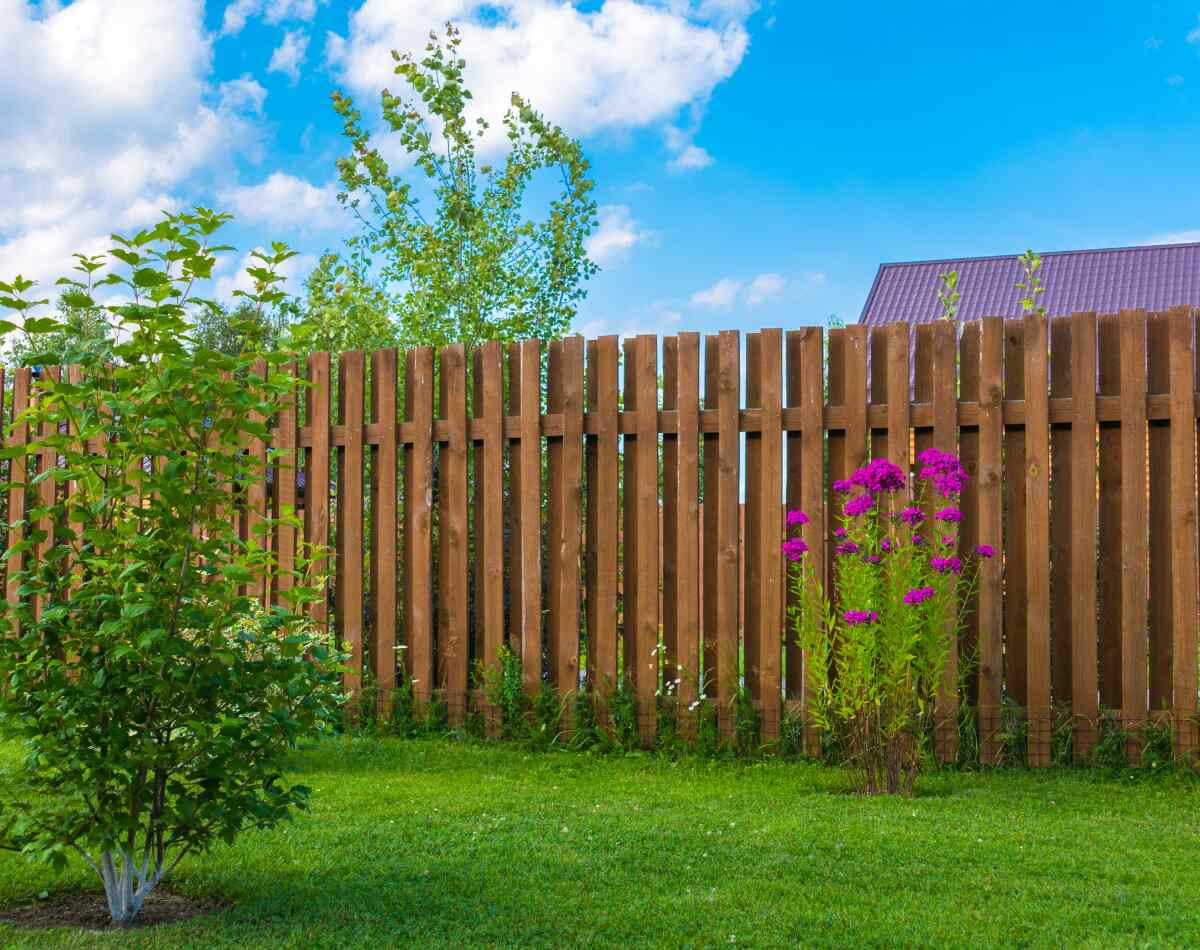All Categories
Featured
A well-maintained fence can act as a resilient function of your building, supplying both protection and aesthetic allure. Over time, fencings can experience wear and tear due to weather conditions, age, and various other outside factors. While routine maintenance can lengthen the life of a fencing, there are particular signs that suggest it's time to replace it. Below are the most typical signs that your fencing might need to be replaced.
In addition, any kind of fractures, splits, or holes in the fencing must be attended to. A significant amount of broken slats, particularly if the fence is wood, can lower both the resilience and appearance of the framework. While little splits may be repairable, big areas of the fence might need to be changed completely.
If rot has actually infected a considerable portion of the fence, repair services could only be a temporary option. In such instances, replacing the damaged components or the whole fencing may be required to avoid additional degeneration and to make certain the security and security of the framework.
![]()
If the insect damage is extensive, fixings may not suffice, and changing the affected fencing components may be the ideal option. Fencings made from materials like vinyl or steel may be much less at risk to pests, however timber is typically one of the most at risk.
For instance, wood fences might begin to split, splinter, or warp, while metal fencings could start to corrosion or corrode. Plastic fencings can discolor or create splits in time. Changing it can assist keep your residential property's safety and look. if your fence is aging and showing numerous signs of wear.
A new fence will certainly give greater sturdiness and reduce the demand for recurring fixings. Plus, it will certainly enhance the total look of your home, which can enhance its visual charm and value.
While minor rust areas can be dealt with and repaired, substantial deterioration that compromises the integrity of the fence is a clear sign that it needs to be changed. If the corrosion has caused holes or damaged key areas, changing the steel fencing will certainly stop more damages and provide a much safer, extra safe and secure barrier.
Newer fencing designs and materials are offered that deal better resilience, improved protection attributes, and a fresh appearance. A brand-new fence can significantly boost the general appearance of your residential property and increase its value.
Changing your fencing with a design that fits your brand-new requirements will certainly help ensure that it provides the performance and security you anticipate.
![]()
Conclusion. A fencing is a vital financial investment in the safety and security and appearance of your residential or commercial property. However, in time, wear and tear are unpreventable. If you observe indicators such as architectural damages, rot, pest problems, or rust, it might be time to consider a replacement. Normal evaluation and upkeep can help prolong the life of your fencing, yet inevitably, changing it when required will ensure that your building stays safe and secure, exclusive, and visually appealing for years to come.
- Structural Damages. The key feature of a fencing is to offer safety and privacy, and any architectural damages can endanger this purpose. Look for indicators of sagging, leaning, or broken fencing messages.
In addition, any kind of fractures, splits, or holes in the fencing must be attended to. A significant amount of broken slats, particularly if the fence is wood, can lower both the resilience and appearance of the framework. While little splits may be repairable, big areas of the fence might need to be changed completely.
- Decomposing or Degeneration (For Wooden Fences) Wood fencings are especially at risk to wetness, which can result in rotting with time. If you discover soft or mushy locations in the timber, or if you can see visible mold or fungus, this suggests considerable degeneration. Rotting is especially typical near the base of the fence articles, where the wood is in contact with the ground.
If rot has actually infected a considerable portion of the fence, repair services could only be a temporary option. In such instances, replacing the damaged components or the whole fencing may be required to avoid additional degeneration and to make certain the security and security of the framework.
- Bug Damage. Bugs, such as termites, woodworker ants, and rats, can ruin wooden fences. Termites, in particular, can cause considerable damage by tunneling with the timber, making the framework weak and unstable. If you see indicators of a pest infestation, such as little holes, sawdust stacks, or the existence of insects, it's critical to act promptly.

If the insect damage is extensive, fixings may not suffice, and changing the affected fencing components may be the ideal option. Fencings made from materials like vinyl or steel may be much less at risk to pests, however timber is typically one of the most at risk.
- Age of the Fencing. The age of a fence plays a significant role in its condition. A fencing's life expectancy generally ranges from 10 to twenty years, depending on the products and the quantity of upkeep it receives. If your fencing is nearing completion of its expected life-span and has actually started to reveal substantial indicators of wear, it may be time for a substitute.
For instance, wood fences might begin to split, splinter, or warp, while metal fencings could start to corrosion or corrode. Plastic fencings can discolor or create splits in time. Changing it can assist keep your residential property's safety and look. if your fence is aging and showing numerous signs of wear.
- Trouble in Upkeep. It may be an indication that the fence is no longer in good condition if you discover yourself regularly making fixings to your fence. Frequently repairing the very same issues, such as changing broken slats, filling openings, or repairing fractures, can be lengthy and expensive. As opposed to remaining to restore an aging fence, it might be much more cost-efficient in the long run to replace it completely.
A new fence will certainly give greater sturdiness and reduce the demand for recurring fixings. Plus, it will certainly enhance the total look of your home, which can enhance its visual charm and value.
- Rust and Deterioration (For Metal Fences) Steel fencings, consisting of chain-link, wrought iron, and aluminum, are prone to corrosion and deterioration, specifically in areas with high moisture or exposure to salt. Corrosion can eat away at the product, compromising the framework and leading to safety worries.
While minor rust areas can be dealt with and repaired, substantial deterioration that compromises the integrity of the fence is a clear sign that it needs to be changed. If the corrosion has caused holes or damaged key areas, changing the steel fencing will certainly stop more damages and provide a much safer, extra safe and secure barrier.
- Outdated or Unappealing Look. Often, the need for a new fence is less concerning performance and more concerning looks. In time, fences can come to be weather-beaten, discolored, or merely outdated. If your fencing no more complements your residential or commercial property or satisfies your demands-- whether for security, personal privacy, or visual charm-- it may be time for a replacement.
Newer fencing designs and materials are offered that deal better resilience, improved protection attributes, and a fresh appearance. A brand-new fence can significantly boost the general appearance of your residential property and increase its value.
- Fencing No Longer Serves Its Purpose. Fencings are usually set up with a certain function in mind, such as keeping pets in, providing personal privacy, or enhancing protection. If your demands alter, such as wanting even more privacy or better protection for family pets or kids, it might be time to change the fencing with one that better offers your existing demands.
Changing your fencing with a design that fits your brand-new requirements will certainly help ensure that it provides the performance and security you anticipate.

Conclusion. A fencing is a vital financial investment in the safety and security and appearance of your residential or commercial property. However, in time, wear and tear are unpreventable. If you observe indicators such as architectural damages, rot, pest problems, or rust, it might be time to consider a replacement. Normal evaluation and upkeep can help prolong the life of your fencing, yet inevitably, changing it when required will ensure that your building stays safe and secure, exclusive, and visually appealing for years to come.
Latest Posts
Seamless Light Weight Aluminum Gutters: The Smart Choice for Your Home
Published May 28, 25
1 min read
Shield Your Home with Quality Residential Roof Covering
Published May 24, 25
1 min read
How Chicago Drivers Prefer Montclare Auto Repair for Reliable Service and Great Savings
Published May 23, 25
1 min read
More
Latest Posts
Seamless Light Weight Aluminum Gutters: The Smart Choice for Your Home
Published May 28, 25
1 min read
Shield Your Home with Quality Residential Roof Covering
Published May 24, 25
1 min read
How Chicago Drivers Prefer Montclare Auto Repair for Reliable Service and Great Savings
Published May 23, 25
1 min read